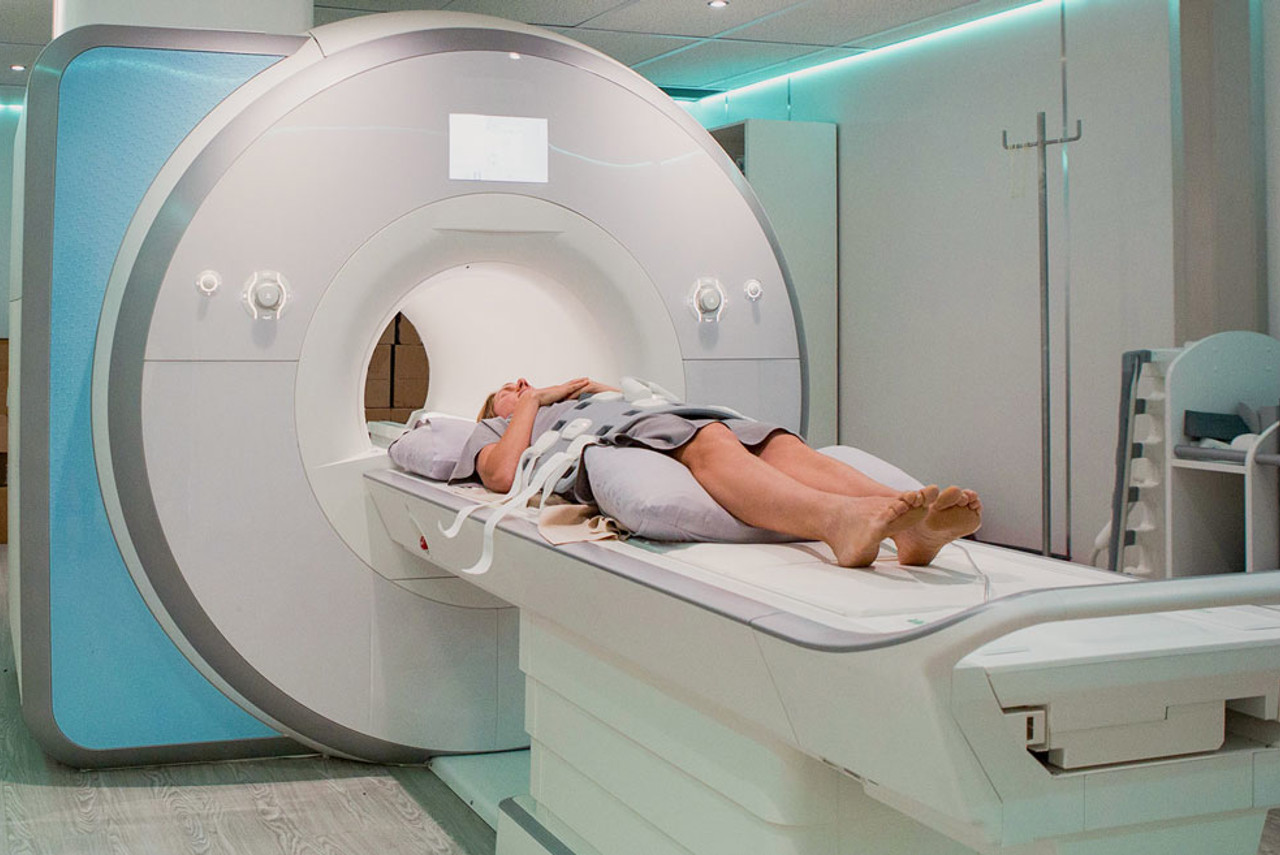FAQs
-
There are many reasons why your doctor may have requested this test. You may require a combination of MRI, ultrasound and mammography depending on your case. Before your procedure, your doctor will explain to you why they ordered the imaging and what they are looking for.
-
There is some preparation required for this scan and our staff will provide you with detailed instructions at the time of booking.
You will be asked to change into a gown during the procedure, so we recommend wearing clothes that are easy to remove.
Routine breast MRI’s are performed on day 7-10 of your menstrual cycle. If you don’t have a cycle or your scan is urgent it can be performed at any time.
If you have had breast imaging undertaken previously, please bring these images with you to your appointment. Our radiologists will be able to use them to make comparisons.
-
When you arrive, our reception staff will go through some questions with you to reconfirm your booking details.
You will be asked to change into a gown and all items that contain metal will need to be removed; jewellery, bra, watches, etc. Your belongings will be safely stored for you.
In some cases we will insert an intravenous (IV) line into your arm. We will use this to administer contrast, which will enhance the images we take. Sometimes, a slight sense of warmth or flush may occur. It important to tell the staff if you have had any form of reaction to x-ray contrast before, or if you are an asthmatic.
You will be asked to lie face-down on the MRI bed with your chest placed into a padded curved plate called a coil. This coil works together with the MRI to take images of the breast tissue. It is important to remain very still during the examination, so pillows and blankets will be used to make sure you remain comfortable. Your breasts will be covered for the duration of the procedure.
Once ready, the MRI radiographer will leave the room and the bed will move slowly into the scanner so you are positioned in the centre of the machine.
-
The scan will last approximately 30 - 45 minutes and you will be required to lay still during this time because any movement can blur the images. We usually scan both breasts.
-
Rarely, as with all intravenous injections, there is a small chance of an allergic reaction. Most reactions are mild and result in hives or itching. If any sort of reaction does occur our staff are trained and on hand to manage this reaction.
Please let us know at the time of booking if you are pregnant.
If you have any concerns regarding your MRI, please speak to one of our staff.
How much will it cost?
Fees for radiology procedures will vary depending on a variety of factors. We will advise you about the cost of your service at the time of booking but if you do have any questions, contact us and one of our team will be happy to help with your query. You can read more about our billing information here.
How do I access my images?
At Queensland X-Ray, we provide our patients with their images and results online. To access your images and results, you’ll need to register for an account when you visit one of our practices. If you’ve already registered, you can access the Patient Portal here.

